Increase added value and competitiveness of domestic production
Looking directly at the economic situation, Chief Economist of the Bank for Investment and Development of Vietnam ( BIDV ), Dr. Can Van Luc, said that Vietnam's manufacturing sector is still at the low end of the global value chain with most industries, low added value, high competition, and low-cost labor intensive, while resources are not used properly and effectively, leading to risks of environmental pollution and unsustainable development.
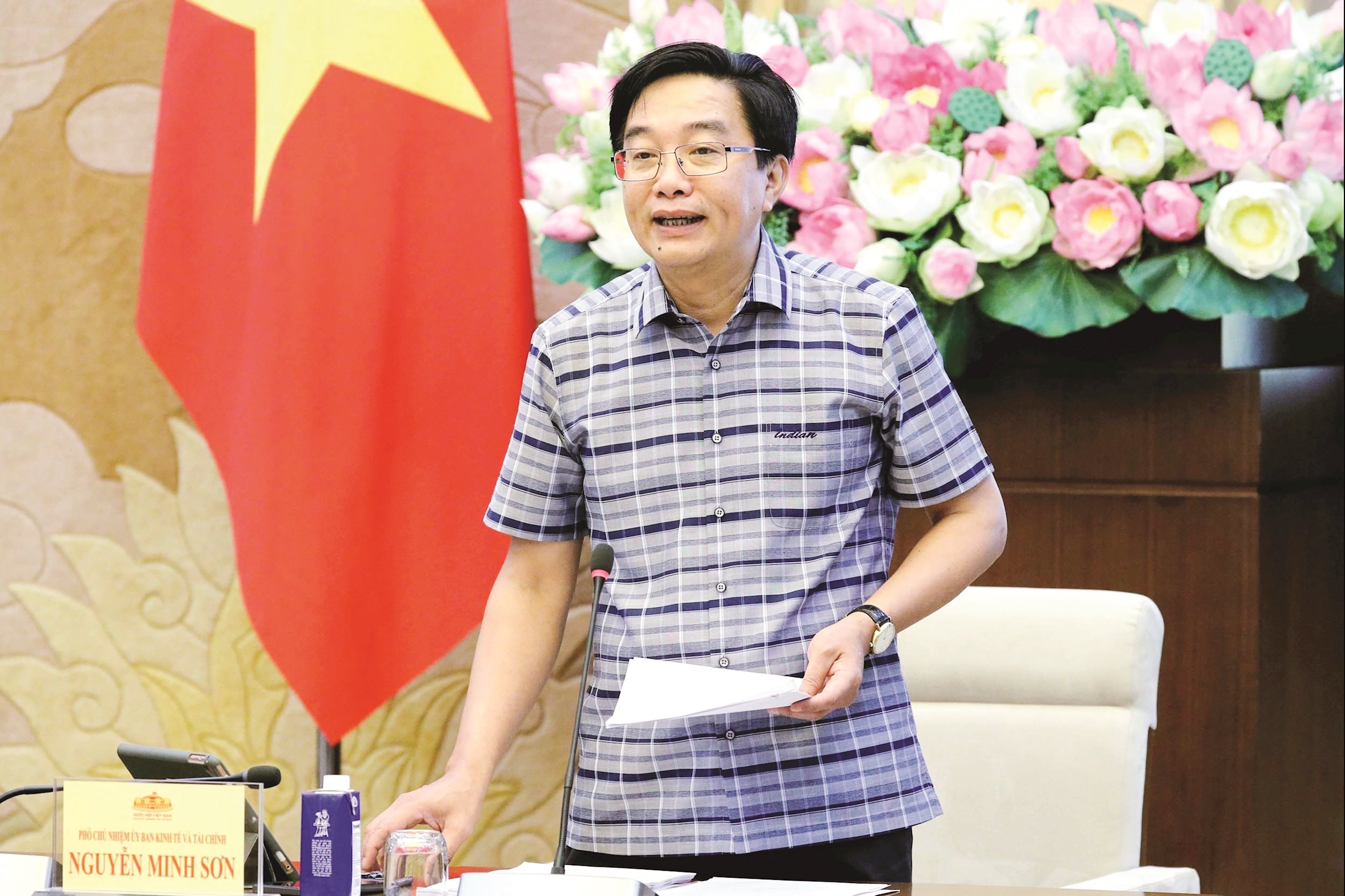
Although the Party, the National Assembly and the Government have issued many mechanisms and policies, the current state of industrial development, especially strategic and supporting industries, still has many limitations and shortcomings, especially in the following aspects: localization rate in strategic manufacturing sectors; domestic value-added (VAT) content in exports; contribution of the domestic sector in exports; level of participation in the global value chain.
One of the subjective reasons pointed out by Dr. Can Van Luc is that Vietnam still lacks a systematic industrial development policy and strategy, and the organization and implementation are still weak. Specifically, our country's industrial development policy is still scattered, lacking focus and key points, with many documents but lacking systematicity and consistency and without a unified strategy to guide the entire system. Key industries and fields have not been clearly identified, with a specific roadmap: documents and policies often list "many priority industries" but lack selectivity and resource concentration. Many directional documents but do not have a specific industry strategy with resources and monitoring mechanisms.
Along with that, some policies change rapidly, lack stability and consistency, making it difficult for businesses to invest long-term; there are overlaps and lack of connection between ministries, branches, and localities; between industry and fields such as land, energy, and environment. Incentive mechanisms are not strong enough. FDI incentives are good, but support for domestic enterprises, especially small and medium enterprises, is still limited and scattered, and ineffective.
Financial and credit policies are not effective. Access to capital is still difficult; there is no specific financial mechanism for industry such as: financial and credit policies are mainly general for the whole economy, there is no separate financial and credit policy for industrial development or supporting industries. There is a lack of long-term financial resources for investment in industrial development and industrial innovation, while the corporate bond market is not yet developed, capital mobilization through stock issuance is still very modest, the investment fund market is still very small...
Tax policies and financial incentives are not yet consistent. Specifically, tax incentives focus heavily on FDI but domestic enterprises benefit little, especially strategic industrial enterprises and supporting industrial enterprises. There is a lack of policies to deduct research and development (R&D) tax and encourage technological innovation, so enterprises have little motivation to invest in R&D.
However, this problem is gradually being resolved when recently R&D costs have been included in corporate income tax deductions.

Support small and medium enterprises to participate in the supply chain of FDI enterprises
Based on the above situation, proposing key solutions for the period 2026 - 2030 and beyond, BIDV's Chief Economist recommends accelerating the completion of institutions and policies on improving production capacity, developing supporting industries, and increasing the localization rate in Vietnam. There needs to be a comprehensive industrial policy for the period 2026 - 2030 and beyond, focusing on building a green industry, strongly applying science and technology, digital transformation and having high added value.
Effectively implement promulgated policies and decrees, especially: Law on Digital Technology Industry 2025; Law on Science, Technology and Innovation 2025; Resolution No. 68-NQ/TW of the Politburo, Resolution No. 198/2025/QH15 of the National Assembly and Resolution No. 139/NQ-CP of the Government on private economic development; Resolution No. 71-NQ/TW of the Politburo on breakthroughs in education and training development as well as relevant Decrees and Decisions of the Government and the Prime Minister...
Continue to issue policies to encourage domestic production, apply preferential import tax on input materials and corporate income tax for projects producing supporting industrial products; design preferential credit mechanisms for enterprises investing in technology to produce electronic components and spare parts, etc.
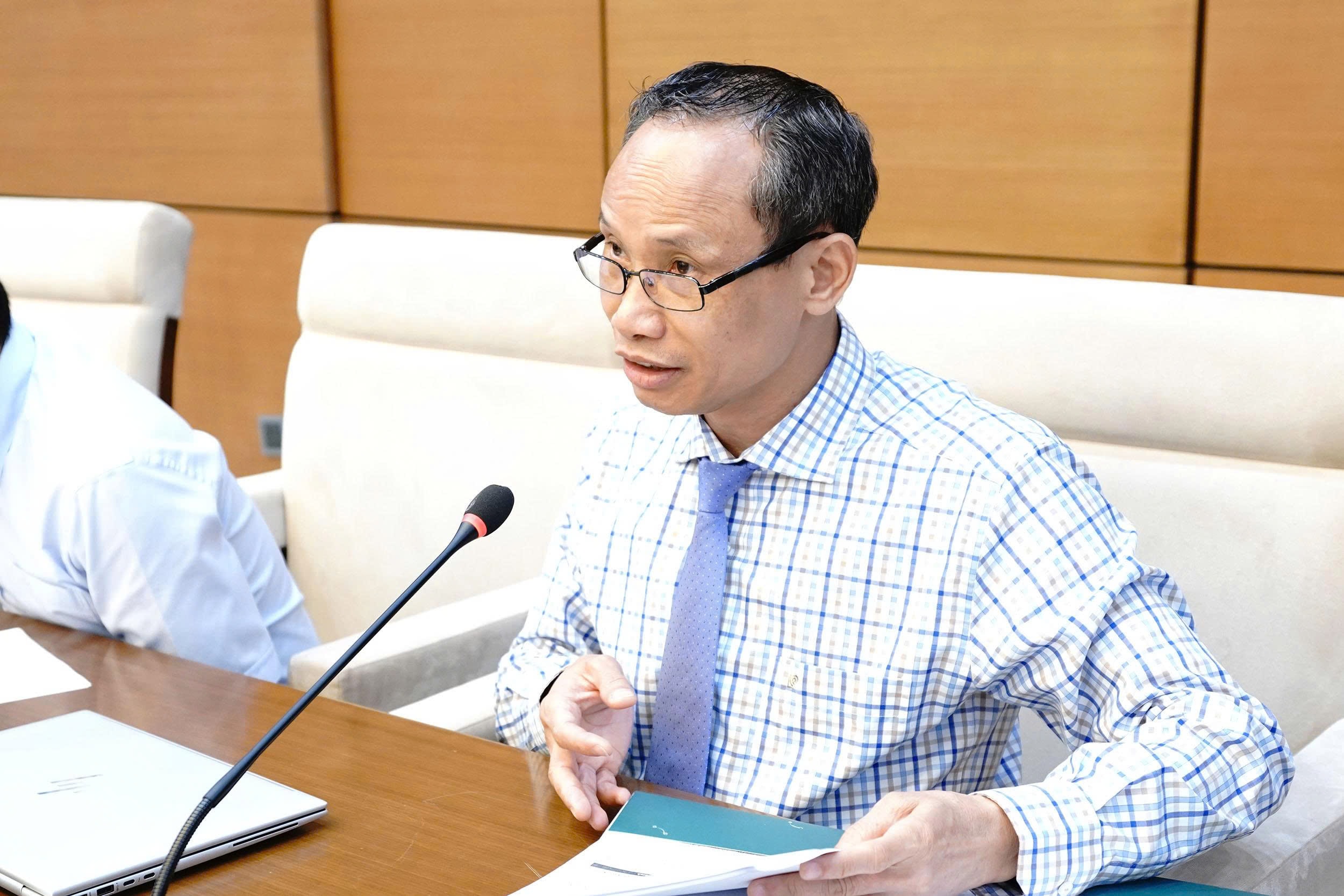
Dr. Can Van Luc suggested that it is necessary to promote the development of domestic enterprises and joint ventures and associations with FDI enterprises. Specifically, it is necessary to adjust FDI attraction policies in the new context, focusing on fields and projects with high technology content, innovation and high value-added to enhance Vietnam's competitiveness such as semiconductors, artificial intelligence (AI), clean technology, circular industry, environmental friendliness, etc. At the same time, prioritize projects with high localization rate commitments, technology transfer and training of Vietnamese workers, limit the attraction of projects that only use cheap labor, do not create links with domestic enterprises; ensure that FDI projects contribute to sustainable development goals, instead of chasing quantity.
In particular, according to Dr. Can Van Luc, it is necessary to support small and medium-sized enterprises to participate in the supply chain of FDI enterprises through training support on supply chain management, international technical standards (ISO, IATF); support costs and procedures for certifying product and service quality to qualify to become tier 1 and tier 2 suppliers for FDI corporations; promote mergers and acquisitions (M&A) to improve the competitiveness of Vietnamese enterprises.
Agreeing with the above opinion, Deputy Secretary General of the Vietnam Federation of Commerce and Industry (VCCI) Dau Anh Tuan said that there should be policies to promote links between FDI enterprises and domestic enterprises, through programs to connect supply and demand, share technical standards, provide technical support and improve production capacity.
At the same time, it is necessary to build innovative industrial clusters and industrial parks to support startups, where large and small enterprises, domestic and foreign, can participate in developing products, processes and technologies. The State needs to play the role of "intermediary promoter" to create sustainable, effective and mutually beneficial links between economic sectors, Mr. Dau Anh Tuan suggested.
Source: https://daibieunhandan.vn/hoan-thien-co-che-chinh-sach-thuc-day-tang-truong-thuc-chat-ben-vung-10387140.html





![[Photo] Prime Minister Pham Minh Chinh inspects and directs the work of overcoming the consequences of floods after the storm in Thai Nguyen](https://vphoto.vietnam.vn/thumb/1200x675/vietnam/resource/IMAGE/2025/10/08/1759930075451_dsc-9441-jpg.webp)
![[Photo] Prime Minister Pham Minh Chinh attends the World Congress of the International Federation of Freight Forwarders and Transport Associations - FIATA](https://vphoto.vietnam.vn/thumb/1200x675/vietnam/resource/IMAGE/2025/10/08/1759936077106_dsc-0434-jpg.webp)



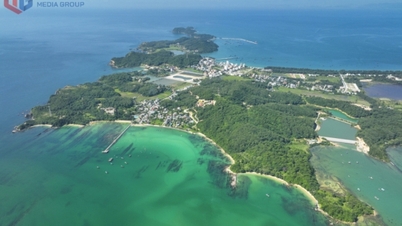

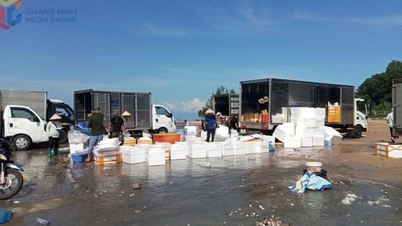







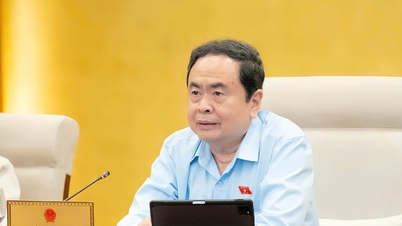


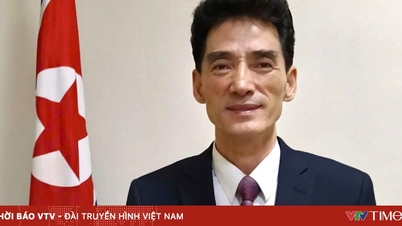







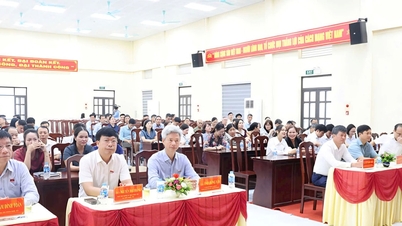



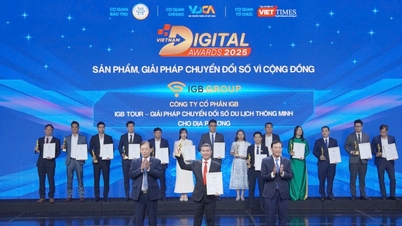
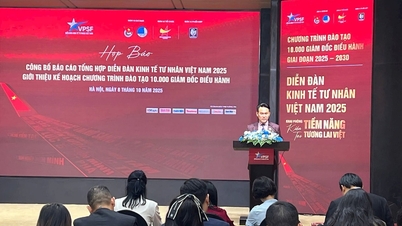
![[Photo] Closing of the 13th Conference of the 13th Party Central Committee](https://vphoto.vietnam.vn/thumb/1200x675/vietnam/resource/IMAGE/2025/10/08/1759893763535_ndo_br_a3-bnd-2504-jpg.webp)



































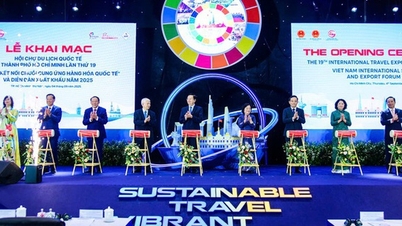







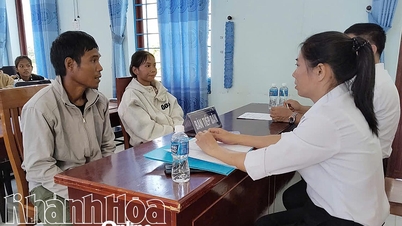




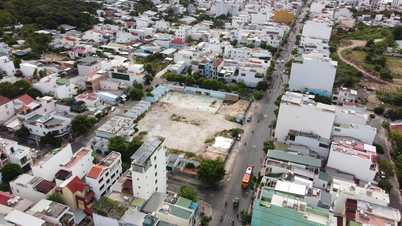












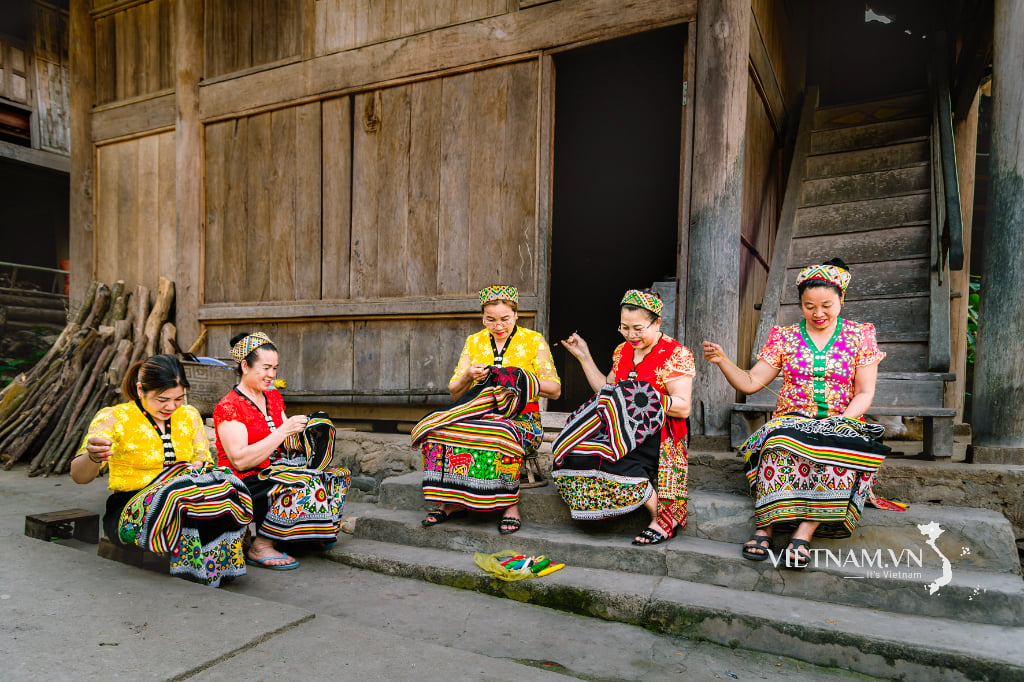


Comment (0)